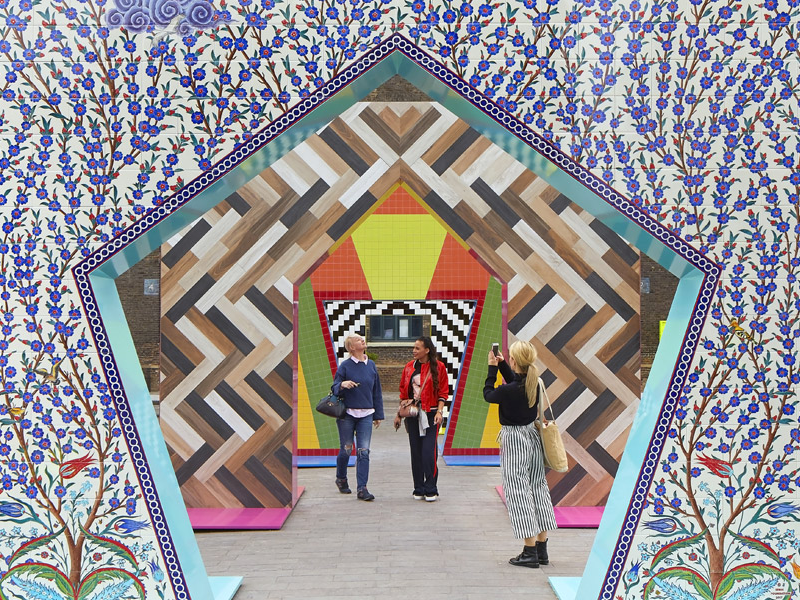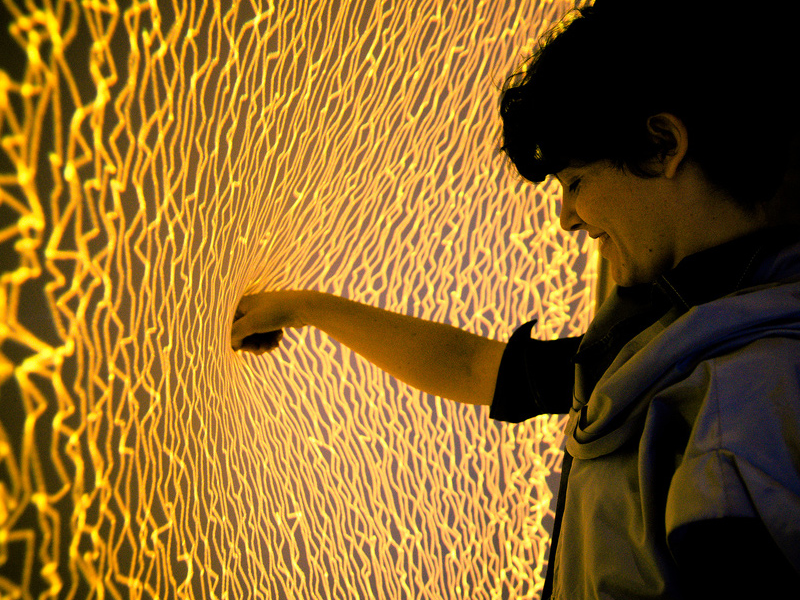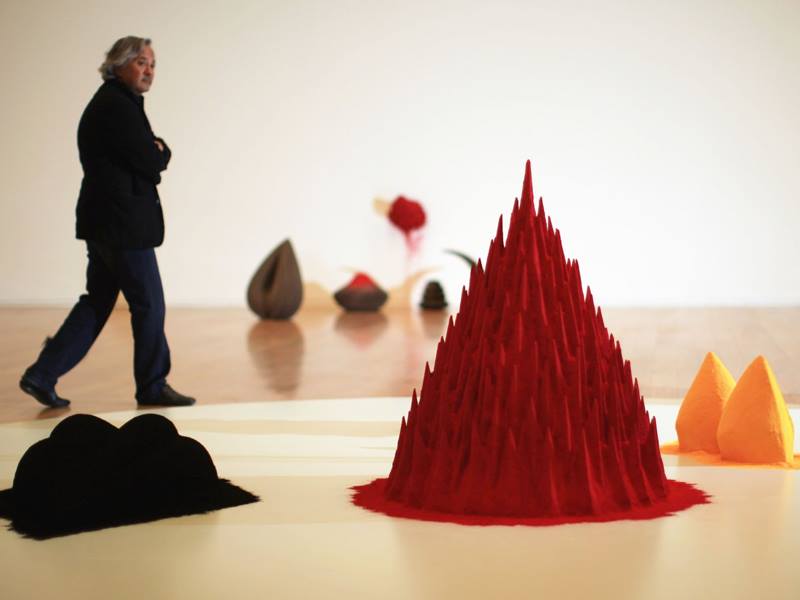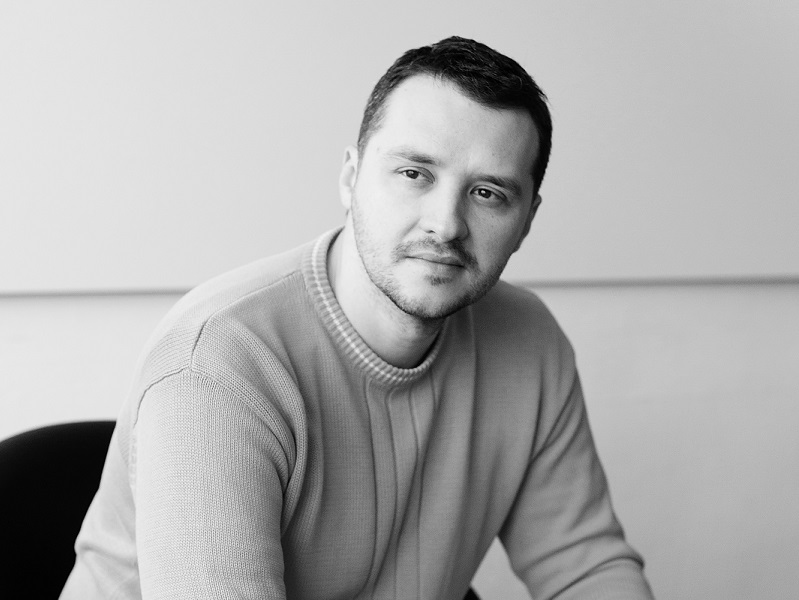
CURATOR OF BELARUSIAN PAVILION AT THE 2015 VENICE BIENNALE TALKS TO US ABOUT HOW TO BRING ART AND VIEWERS CLOSER
On the Belarusian pavilion at the 56th Venice Biennale
I believe that we have succeeded in presenting Belarus in a worthy way. To demonstrate to the world what a country can do in conditional isolation from the outside art space. I bore full responsibility for everything. I wanted to test myself, to understand whether it was possible all by oneself to do something with the help of a small circle of close friends outside the traditional solutions style. And judging by the reviews of experts, we have succeeded in surpassing the circumstances and the inertia of the system.

The Belarusian Pavilion on Google Cultural Institute
I cannot say that representatives of other countries had fewer difficulties than we did. Everyone had their own difficulties. They have many interesting initiatives dampened by bureaucracy and inertia as well. And if we are thinking of how to do the most with limited resources or none at all, they, for instance, do not know how to utilize their full budget. Or scratching their heads over how to convey a new those meanings and contexts already in use.
On sore points, people and viewers
The media accustoms us to expect quick results. Artists are in a rush too: they try to make use of their surrounding situation to the fullest – social, political, economic. Marketing tools have been long known and successfully adopted on the art market. If you press on the sore points, it will always lead to quick results. But is it necessary? Should one dwell on sore points? Shouldn’t one look for something beyond these limits? Yes, this is far more difficult, and yes, it will most likely have less impact, nevertheless...
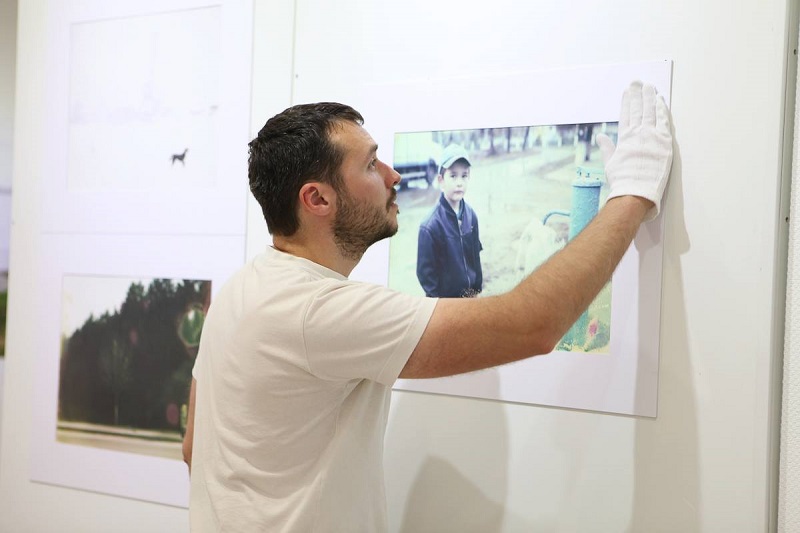
I am not making an assertion as if I knew all artists should do. I have chosen this position for me personally; I am not interested in making use of the situation to the fullest. What's more, I am staying away from the “for all” template, I don’t believe in the idea of “people” and “for the people”. I want to work one-on-one with every viewer. It is difficult to find ways of communicating with a specific person, to encourage him or her to see, feel and experience.
On experiments at the Kultura cafe
Cafe Kultura is at once a process, experiment, exhibition and platform. Everything that takes place there is a statement. I don’t want the cafe to gain the image of a museum or gallery. This immediately narrows down the public. A bus driver or janitor would not go for a cup of coffee at an art gallery, but they go to Kultura. The interest of culture, just like any other interests, should be lobbied. The cafe is a space where this lobbying should take place in a casual atmosphere.

I wanted to create a format that one had not actually come across before. Anyone strolling around the centre of Minsk can walk into Kultura for a cup of coffee and immediately find himself in an exhibition, become part of it. This does not require particular knowledge about culture or belonging to the creative class. It is my deep conviction that art should come as close as possible to the viewer, bypassing intermediaries (galleries, museums).

